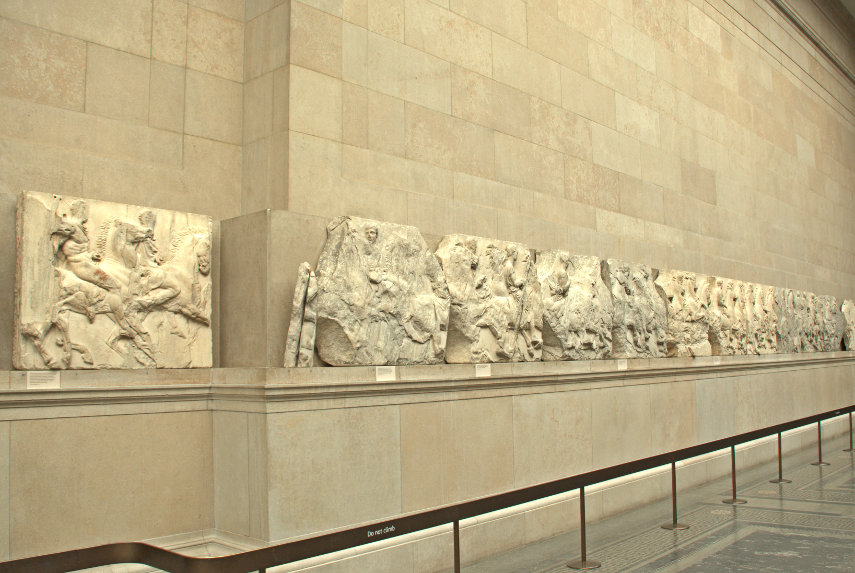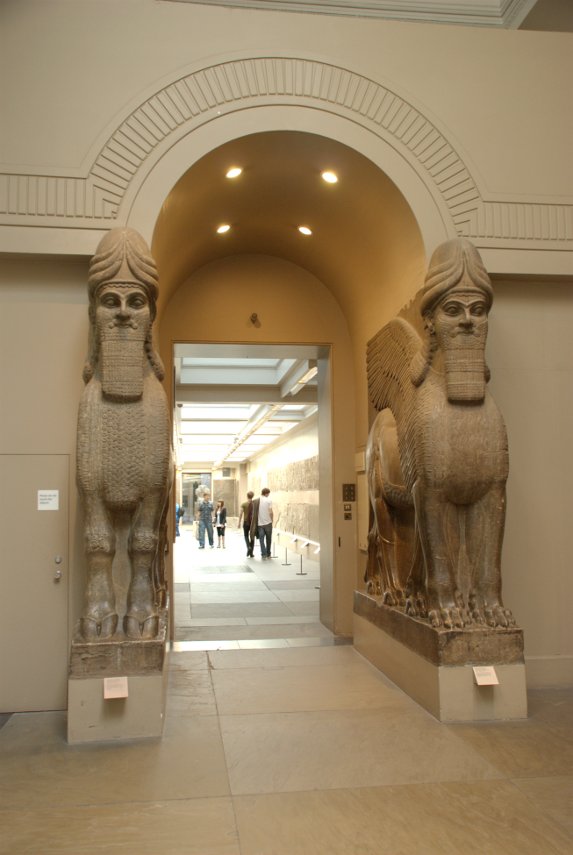
 DoneThat
DoneThat
The British Museum, London

The Queen Elizabeth II Great Court transformed the Museum's inner courtyard into the largest covered public square in Europe. It is a two-acre space enclosed by a spectacular glass roof with the world-famous Reading Room at its centre.
| Comment |

The rather imposing South Stairs are just inside the main entrance on the left. This is where you have to decide whether to go on in to the ground floor and get lost or go upstairs and get lost.
| Comment |

A small part of the Parthenon Sculptures, otherwise known as the Elgin Marbles, in the Duveen Gallery.
| Comment |

The Rosetta Stone. This stone bears inscriptions in three different scripts, the top in Ancient Egyptian hieroglyphs, the second in the Egyptian demotic script, and the third in Ancient Greek. This enabled the Egyptian hieroglyphs to be deciphered.
The Rosetta Stone is 45 inches high at its highest point, 28.5 inches wide and 11 inches thick. It weighs approximately 1,700 lb.
| Comment |

If you stay on the ground floor you may eventually discover the Nereid Monument which takes its name from the sea-nymphs whose statues were placed between the columns of this monumental tomb. It was built for Erbinna (Greek Arbinas), ruler of Lycian Xanthos, south-west Turkey. Although he was not Greek, Erbinna chose to be buried in a tomb that resembles a Greek temple of the Ionic order
| Comment |

Assyrian winged, human headed bulls guarding the entrance to one of the Assyrian galleries.
These mythological figures were often placed as guardians at gateways to palaces and temples in ancient Mesopotamia. These figures were known to the Assyrians as lamassu and were designed to protect the palace or temple from demonic forces.
| Comment | More of the British Museum |